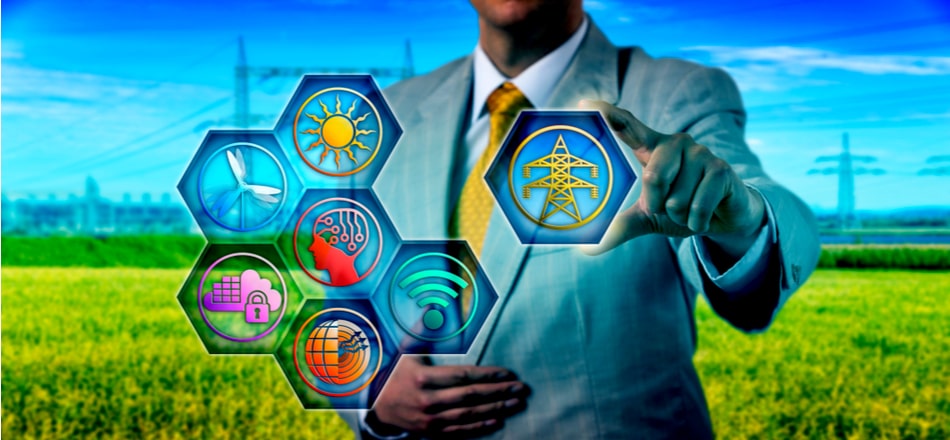While your company undoubtedly has sustainability on its supply chain agenda, creating momentum can be tricky in what is after all, a fairly new way to approach performance improvement. As legislation focuses ever more heavily on environmental protection though, and consumers increasingly consider sustainability in their purchasing decisions, all supply chain organisations will need to find the way forward.
How to Develop a Sustainable Supply Chain
The good news is that there are multiple benefits attached to developing a sustainable supply chain. Since sustainability often involves consuming less and achieving greater efficiency, environmental performance improvements can often lead to cost savings and a more streamlined operation.
But how do you get started on sustainable supply chain development? The answer, as with most change efforts, is to be systematic and take small initial steps leading in the right direction.
Every supply chain is unique, so it’s hard to prescribe exactly how sustainability should be tackled. But without taking into account any specific characteristics of your company, the following actions, taken in sequence, should get you on the right path.
1. Supply Chain Mapping

As with any transformation, the first step to a more sustainable supply chain is to gain an intimate understanding of the current environment. You may have mapped your supply chain before, but this time you will need to do so with sustainability in mind.
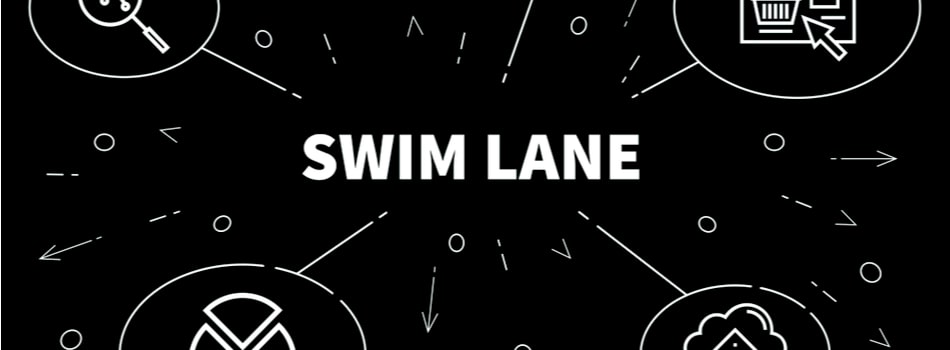
By all means, dust off your old swim-lane diagrams if they are not too outdated, but be sure to review them all with a focus on resource consumption, waste, and efficiency. Then highlight any points where you see potential for improved sustainability.
Better still, invest in mapping software that will allow you to get a very detailed picture of every aspect of your supply chain. Various programmes allow you to:
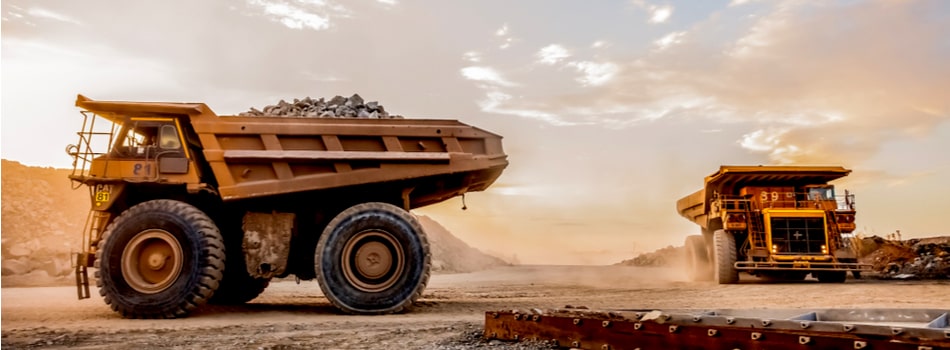
- Trace every product, from raw material to finished product
- Identify all your suppliers, including those you didn’t know you had
- Measure geopolitical risks
- Connect audits and assessments to suppliers.

2. Use Technology to Identify Problems and Opportunities

Led by multinational corporations, the trend by big companies in recent years has been to work only with suppliers that maintain high social and environmental standards. The companies then ask these first-tier suppliers to ensure compliance from their own suppliers.
This practice goes some way towards ensuring sustainability from the very start of the supply chain. However, if your company has dozens, or even hundreds, of first-tier suppliers, collecting information can prove to be a gigantic undertaking.
This is where technology can come to the rescue. The risk management process as well as code of conduct surveys can be automated, while a supply chain information management system will allow suppliers to be screened for risk.
Meanwhile, Big Data analytics, AI, and machine learning can have a significant impact on supply chains. Such technology, for example, can help organisations identify the fastest, cheapest, and most sustainable shipping routes.
It can also enhance collaboration between companies by pinpointing opportunities for shared shipping, trucking, and warehousing—which in turn can have a significant impact on carbon emissions.
3. Reduce Your Environmental Footprint

The concept of sustainable development can be attributed to the 1987 Brundtland Report, which described it as ‘‘development that meets the needs of the present without compromising the ability of future generations to meet their needs’’.
Since then, at an exponential rate, companies have been focusing on ways to reduce harmful emissions, minimise waste, and make their facilities more energy-efficient. And they have found that not only does this help create a positive image of the company for its employees and the general public, but it also helps reduce costs.
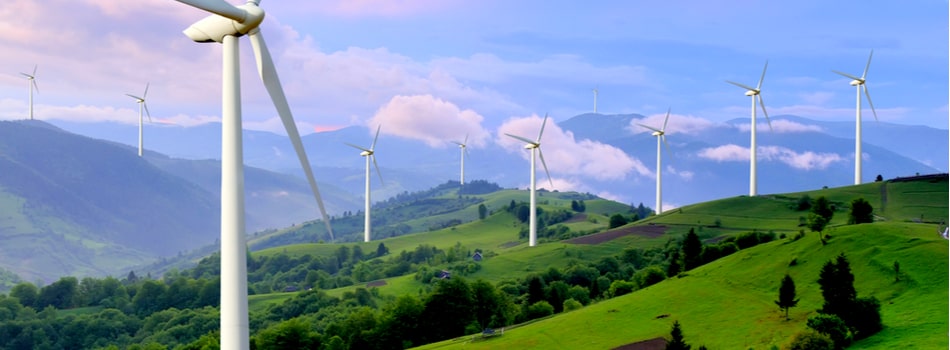
With the effects of climate change high on the international agenda, organisations are trying to go even greener than ever. Some, pointing to the falling costs of wind and solar energy, are demanding that their energy provider supply clean, renewably-sourced electricity.

Others have turned to sustainable materials, like bamboo, linen, and cork that are renewable or require less power to grow and harvest.
Another innovation is the circular supply chain, which involves recycling and reusing products once they have fulfilled their purpose. With the supply of raw materials dwindling, it makes good economic sense for manufacturers to take discarded materials and repurpose them. Recycling is arguably the surest way to enhance supply chain sustainability.
4. Set Goals and Determine Measurements

The next thing to focus on, once you’ve identified areas for improvement, is how to know which way is up. For example, perhaps you have an idea that consumption of fresh water can be reduced in your warehouses or distribution centers.
But is your water consumption really an issue?
How much water do your facilities use when compared with similar organizations with warehouses of similar size and throughput?
This is where sustainability benchmarking can really help you home in on where improvement is most needed. The knowledge gained from benchmarking is essential for your company to graduate towards best-in-class performance.
After you have benchmarked your supply chain for sustainability, you will have the intelligence you need to set goals and decide upon the metrics to employ for progress monitoring. You might find for instance, that your water consumption compares favourably with your peers, but your aging warehouse lighting is consuming vastly more electricity than those fitted out with LED fixtures.
5. Invest in Education
Developing a sustainable supply chain is not something you do overnight. The endeavour should be one of continuous improvement, as best practices, technology and renewable resources are constantly evolving. This process of growth will surely benefit from the understanding and buy-in of all your company’s key employees, and those of your supply chain partners.

As you begin to make inroads into sustainability, implementation of a relevant training/education programme will help to get your people fully involved and to comprehend why changes are necessary.
Furthermore, the people who keep your supply chain moving are the ones with visibility of the detail. When they know what to look for, they can add granularity to your search for environmental performance excellence.
6. Execute, Review and Adjust
Having established improvement priorities and engaged your managers, workforce and partners, it’s time to execute steps to meet the most pressing sustainability goals. As you begin to see results, you will need to evaluate them against your chosen metrics. Outcomes will not always be as expected and solutions will sometimes need to be tweaked. Occasionally you may even need to go back to the drawing board.
The Sustainable Supply Chain Cycle
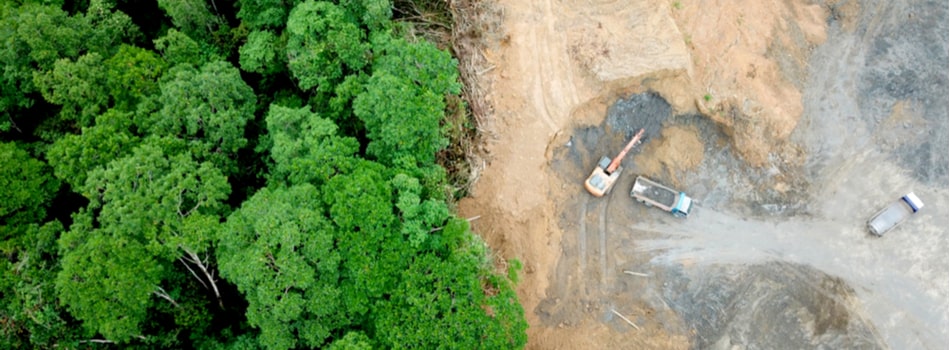
If your company is serious about developing a sustainable supply chain, the six steps described here will need to become a continuous cycle. Benchmarks move, goals will need extending, metrics require adjustment, training will need to be updated occasionally, and fresh opportunities will appear as your people improve in vigilance and understanding of the issues.
Sustainability should not be considered as a “nice-to-have” for any company that plans to be around for a while. The world’s resources really are under pressure and supply chains in particular can often be singled out for their environmental impact, with good reason.
But as well as being a responsibility, sustainability improvement carries benefits which should serve as positive motivation, given that today’s markets are not only sensitive to resource depletion, but are also increasingly competitive.
Editor’s Note: This post was originally published in June 2016 under the title “4 steps to Sustainable Supply Chain Reality”. It has since been updated and expanded, to make the content more informative, comprehensive, and current, with two new sections added.

